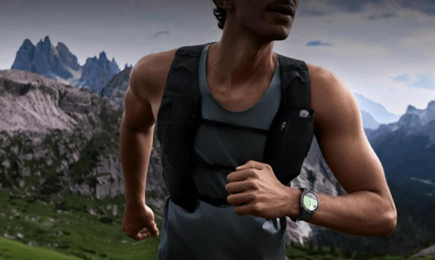Hiking requires careful equipment selection to ensure safety, comfort, and enjoyment on the trail. The right gear can transform a challenging trek into a rewarding experience while providing crucial protection against changing conditions and unexpected situations. This guide covers essential equipment for day hikes and longer excursions, balancing necessity with weight considerations. From navigation tools that prevent getting lost to emergency supplies that handle minor injuries, each item serves specific purposes that contribute to overall hiking success. Modern equipment has become lighter and more functional, allowing hikers to carry comprehensive protection without being weighed down. Understanding these essentials helps both beginners and experienced hikers make informed choices that match their specific trail conditions, weather expectations, and personal needs.

Navigation and Communication
Reliable Navigation Tools
Proper navigation equipment is fundamentally essential for staying on course and avoiding potentially dangerous situations in unfamiliar terrain. A dedicated handheld GPS device or smartphone with pre-downloaded offline maps serves as the primary navigation tool, while a physical topographic map and reliable compass act as crucial backups in case of electronic failure or battery depletion. Modern wearables like the huawei gt6 significantly enhance backcountry orientation with advanced features such as its next-generation Sunflower Positioning System 2.0, which improves positioning accuracy by approximately 20% even under dense tree cover or in canyon areas. Emergency whistles enable long-distance audible signaling that carries much farther than the human voice, and personal locator beacons or satellite messengers facilitate emergency communication beyond cellular coverage areas. Together, these integrated tools ensure hikers can navigate precisely through challenging environments, share their location effectively with concerned contacts, and call for organized help when necessary without relying on cellular networks.

Modern Communication Devices
Contemporary communication devices provide critical safety networks that extend far beyond traditional shouting distance in wilderness settings. Satellite communicators enable reliable two-way messaging and SOS functionality in remote areas completely without cell service, allowing hikers to maintain contact with family and emergency services. High-capacity power banks keep electronic devices charged throughout multi-day trips, and lightweight solar chargers provide renewable energy for extended excursions where electrical outlets are unavailable. Compact weather radios offer timely updates on changing atmospheric conditions that could affect trail safety, while simple but effective signal mirrors can attract attention from search aircraft or distant rescuers in emergency situations. These diversified communication solutions ensure hikers can maintain vital contact with the outside world when needed most, significantly enhancing backcountry security for both solo adventurers and group expeditions.
Safety and Emergency Gear
Comprehensive First Aid and Repair Supplies
A well-stocked and organized first aid kit addresses injuries ranging from minor blisters to more serious trauma until professional medical help becomes available. Adventure medical kits specifically include supplies for thorough wound care, pain management, allergy treatment, and advanced blister prevention strategies. Multipurpose duct tape efficiently repairs gear tears and equipment malfunctions, while versatile multi-tools handle equipment adjustments and emergency situations requiring cutting or screwdriving capabilities. Compact emergency blankets provide crucial warmth retention if forced to spend unexpected time outdoors, and reliable fire-starting equipment helps with both emergency signaling and essential temperature maintenance. These carefully selected supplies ensure hikers can handle common trail problems effectively without unnecessarily cutting trips short due to manageable issues or minor equipment failures.
Essential Illumination and Shelter Systems
Reliable lighting prevents accidents and navigation errors during early morning starts, late finishes, or unexpected delays after darkness falls. Comfortable headlamps with appropriate brightness settings keep hands free for navigation and balance maintenance, while extra batteries or power cells ensure continuous operation throughout multi-day adventures. Ultra-lightweight emergency bivvy sacks provide minimal but effective shelter from wind and rain, and adjustable hiking poles significantly improve stability on uneven terrain while reducing knee strain during descents. The Huawei Watch GT6 includes practical outdoor features like a built-in flashlight and real-time weather alerts that effectively complement traditional safety gear. These essential items collectively address critical safety concerns that arise from rapidly changing weather conditions or timing miscalculations that could otherwise lead to dangerous situations in remote environments.
Conclusion
Selecting hiking gear means balancing preparedness and practicality for safety and comfort without extra weight. The ideal list varies by hike length, weather, and personal needs, but should have navigation tools, emergency supplies, proper clothes, and nutrition. Modern tech, like GPS, boosts safety, while traditional gear offers backup. Successful hikers prioritize versatility. As experience grows, they refine choices based on past lessons. The goal is to carry enough for safety and comfort, avoiding unnecessary weight. By picking gear wisely, hikers can confidently enjoy trail adventures, ready for expected and unexpected challenges.